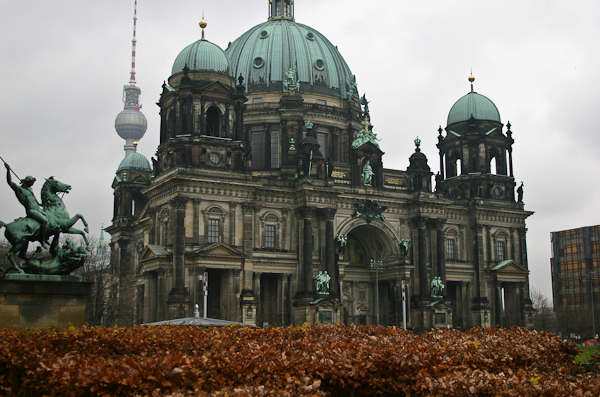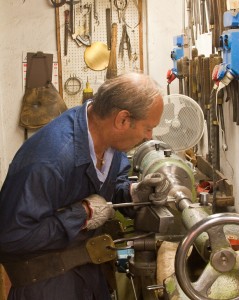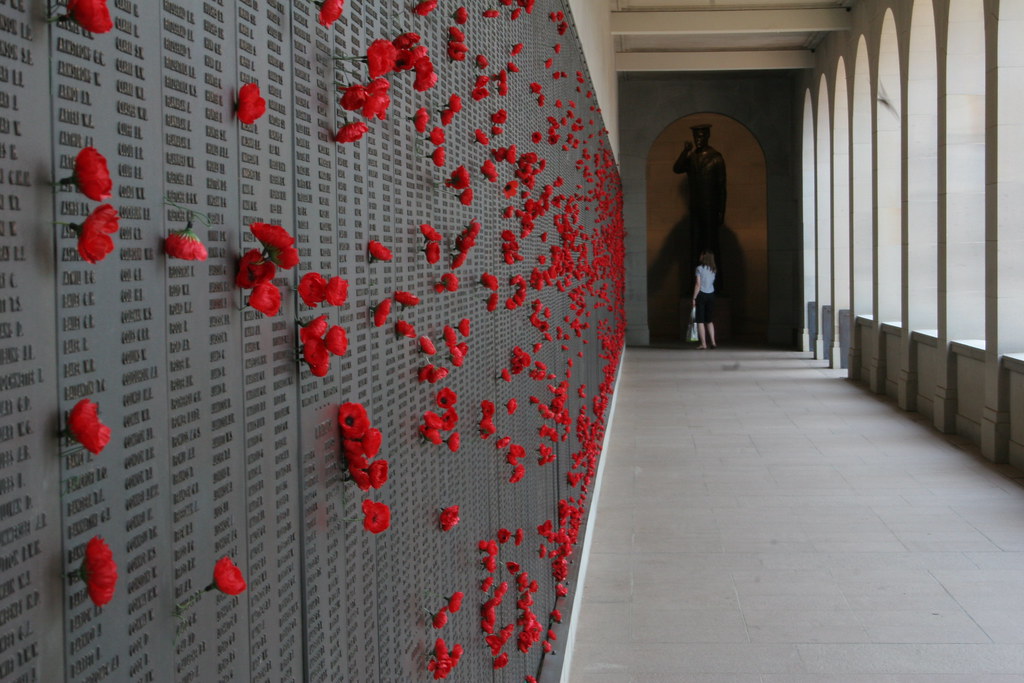Christmas is about food, friends, presents and just plan old excess living–right?
No? But that is how most people celebrating Christmas will structure their day while barely acknowledging the birth of an extraordinary man–Christians, Muslims and Jews can at least agree on this fact–over 2000 years ago.
Now you nay not be inclined to attend Christmas Mass at home but on the road it is an opportunity for a unique experience of the local culture.
Whether you sit with the faithful in the grandeur of Westminster Abbey or in a small local church, it will enrich your Christmas travel regardless of your own faith or beliefs. It is a great time to meet and interact with the locals who will be brimming with Christmas joy, and they may just invite you to a meal.





